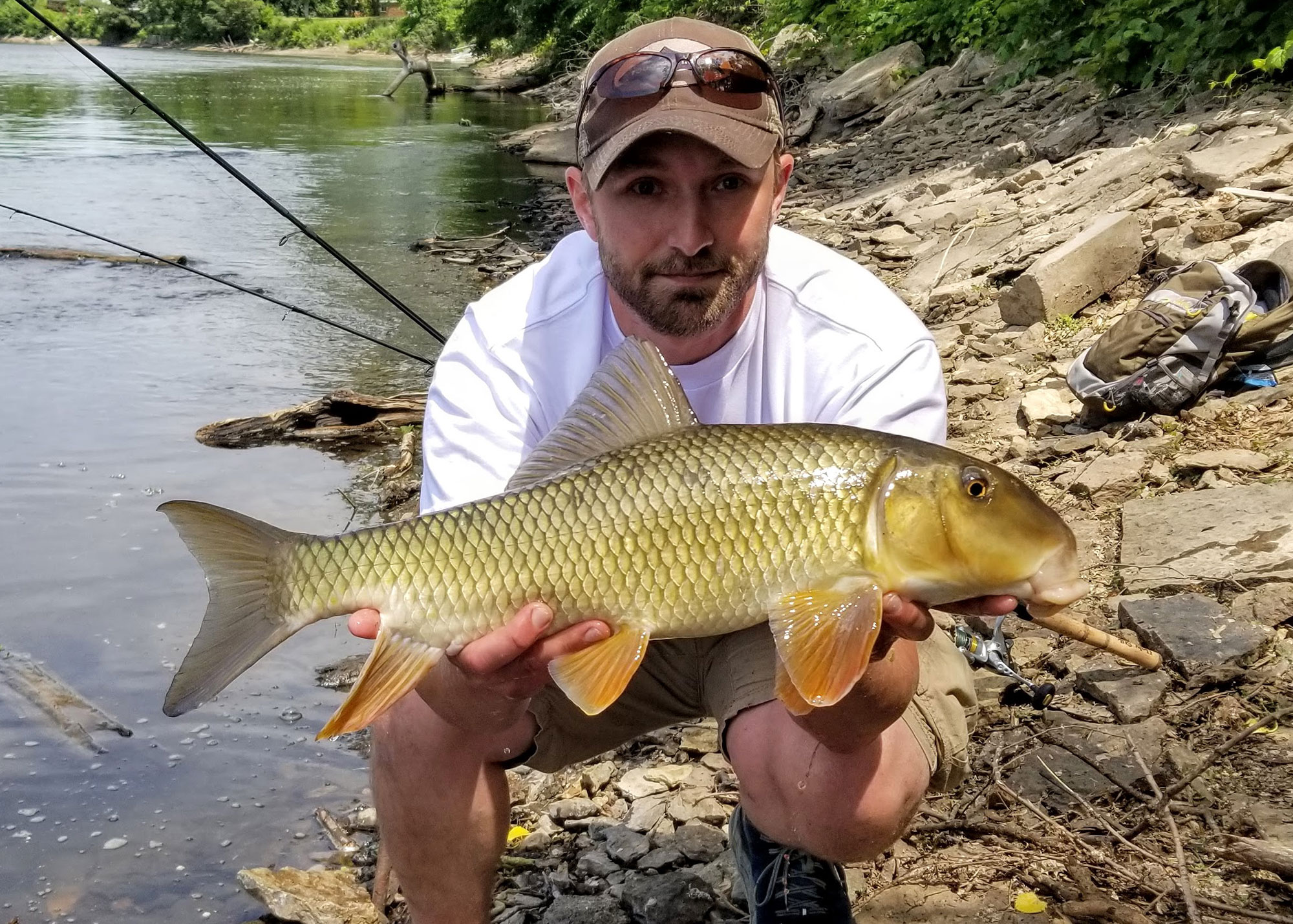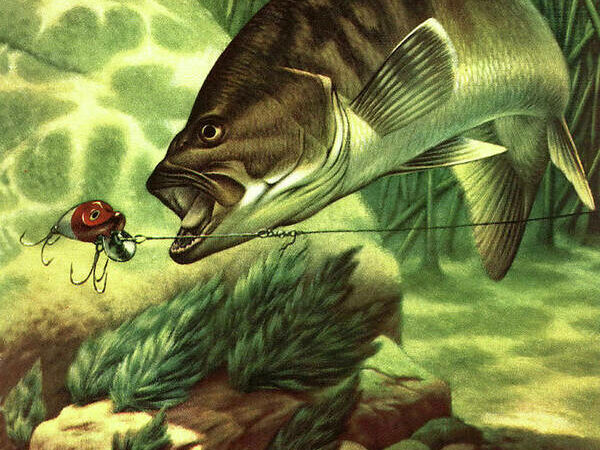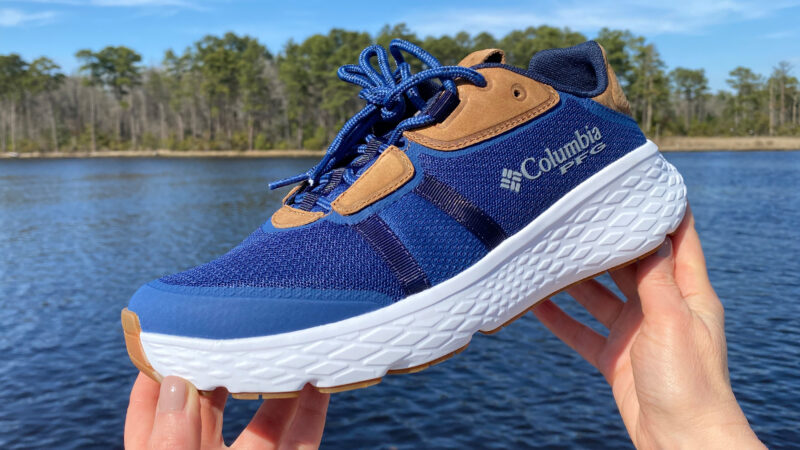Podcast: How to Catch Suckers (and Why You Should)
Bowfin, carp, and gar come to mind first when I think of “underdog” fish. Yes, they have cult followings across the country and if you know where to look, you’ll find plenty of anglers singing their praises. They don’t have to sell me on these underdogs, because I’ve always been a fan of chasing less desirable species.
But even I used to be skeptical about targeting suckers. Then I met Tyler Winter, a sucker fishing and conservation champion.
The Minnesota angler is one of the country’s leading advocates for the protection of native fish. One of the founding members of Native Fish For Tomorrow, an advocacy group working tirelessly to change laws and attitudes that hurt native species, Winter has been obsessed with fishing for suckers since he was a kid. There are 78 species of these fish across North America, which means no matter where you live, there are likely suckers swimming close by. Winter’s arguments for why they should be more attractive to rod-and-reel anglers are compelling, but it wasn’t until I joined him on a Minnesota sucker quest a few years ago that any skepticism I had dissolved.
In the most recent Quick Strike Podcast, I dug into Winter’s top reasons why you should give suckers a shot. Oh, and by the way, if you think they’re too easy to be worth your time, you couldn’t be more wrong.
Ease the Pressure
Pressured fish. We hear anglers gripe about them more every year as the number of fishermen in this country increases. Many of us have trout or bass spots that used to see relatively low traffic and then suddenly became overrun, making the fishing harder and harder. But there are countless pieces of water in the U.S. that hold little more than suckers. And even on stretches of streams, creeks, and rivers that do see a lot of traffic, the traffic jams aren’t because of the suckers. By being open to a new challenge, you can find yourself on pristine waters, fishing alone. I experienced this first-hand when I fished for river redhorse suckers with Winter in a gorgeous canyon without another soul in sight.
“I live in an urban area in Minnesota, and as most people know, this is the land of walleye,” says Winter. “But if I want to find some decent walleye fishing, I’ve got to [drive to less populated areas of the state]. Meanwhile, I can walk to the park right down the street from my house, find piles of big suckers, and I’ll have them all to myself. And I can catch 16- to 20-inch fish all day with my kids and I don’t have to deal with any boats or anybody else.”
Low Drag, High Intensity

Photo by Joe Cermele
River Redhorse, which can be found throughout much of the Midwest, can grow up to 30 inches in length and weigh north of 10 pounds. Their fight—which I’ve experienced—rivals that of a wild brown trout or steelhead in heavy current.
Although not everyone will have huge suckers in their backyard, all suckers are strong. Matching your tackle to the fish in your waters is important to maximize their fight, but, when you do, there’s a very good chance your drag will engage. Unlike targeting wild browns or steelhead, however, the approach for suckers is laid back and perfect for anglers of any skill level.
Though you might be tempted to plunk baits directly in front of suckers you spot on the bottom, Winter says that’s not the most effective way to target them—they’re usually too smart to fall for that. The fish need to find the food on their own while actively feeding, and active feeders tend to gravitate to shallow, rocky, fast water.
“Because I know I need my worm anchored to the bottom, I always use a slip sinker rig so I can change my weight out if needed,” Winter says. “But I do want to be able to occasionally shift my rig’s position, so I use slinky sinkers, which I make by putting buck shot in paracord sleeves and melting the ends shut.”
Winter’s slinky sinkers cling to and bend around rocks but rarely get hung up. Even on smaller streams he’ll use a sinker that weighs up to an ounce if that’s what the current speed dictates. He finishes his rigs with one foot of 8- or 10-pound leader and a number 8 circle hook.
Change Up Your Bait for Giant Suckers
Winter spends so much time fishing for suckers it’s rare he doesn’t have at least six dozen garden worms on hand. No doubt, regardless of species or location, a simple worm is the most effective bait for these fish. However, as it is with most fisheries, if you want to pass on quantity to target only the highest quality suckers, you can turn your mission into a trophy quest by changing baits.
“Smaller suckers have relatively small mouths,” says Winter. “They can slurp up a whole worm no problem, but bigger suckers with big mouths eat a variety of larger foods. Crayfish and freshwater mussels are a few of their favorites. You can’t legally harvest freshwater mussels, so if I’m really trying to up my game and target big fish, say, 24 inches or longer, I’ll use mussels from the grocery store.”
Read Next: How to Catch Nightcrawlers for Bait
Trophy suckers can actually inhale a whole mussel and crack them in their mouths. Likewise, they can consume whole crayfish. However, Winter says you’ll be more successful breaking the tails off crayfish and just using them as bait, as the exposed meat will put scent in the water faster. Just make sure it’s legal to harvest and use crayfish in the water you’re fishing, as transporting crayfish from one body of water to another is often forbidden by law.
The post Podcast: How to Catch Suckers (and Why You Should) appeared first on Outdoor Life.
Source: https://www.outdoorlife.com/fishing/how-to-catch-suckers/





